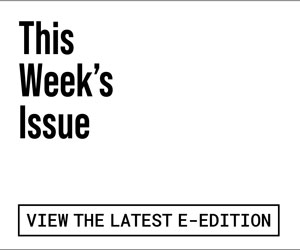RTC FALSE CLAIMS
When the Regional Transportation Commission purchased the Santa Cruz Branch Line in 2012, it did not perform a full boundary survey. This was a critical failure. Around 2023 the RTC finally complete a survey and began to understand how encroachments, easements and physical constraints affected the corridor.
By then, the damage was done. For over a decade, the RTC promoted a vision of the “ultimate trail” running beside active rail, assuring the public that this was feasible. That vision became the basis for ballot measures like Measure D (2016) and Measure L in Capitola (2018). Yet all of those measures were built on incomplete information.
Had the RTC surveyed the corridor when they acquired it, the public debate might have been radically different.
RTC staff and commissioners have made sweeping promises without the facts to back them. And rather than acknowledging the corridor’s serious limitations, they have doubled down, spending millions on studies and promoting plans that don’t align with reality.
These include backdoor negotiations, selective release of information, and a consistent pattern of avoiding inconvenient truths.
Documents obtained through Public Records Act requests are starting to reveal what’s really been going on: quiet internal discussions about impossible trail widths, legal complications from easements, and mounting project costs.
Even today, RTC leaders refuse to confront the obvious: that years of misleading promises have led to unrealistic expectations and deep public division. Instead of owning up to their mistakes, they let community groups battle it out while sitting silently on the sidelines.
This is not just bad planning. It’s bad governance. The public deserves the truth—and a transportation commission that works with facts, not fantasy.
Cami “Clemensen” Corvin | Capitola
SPEAK UP OR FAIL DOWN
Please alert citizens of this process. Current public feedback mechanisms regarding proposed wastewater rate increases—such as attending public meetings or submitting written protests—place the burden on individual consumers and often result in low participation.
This leads to decisions being made without meaningful representation of public sentiment. To promote greater community engagement and ensure transparent, inclusive feedback on proposed rate increases, I propose that the utility board implement prepaid, pre-addressed postcards mailed to each customer and include a simple “Yes/No” check-box option.
They would reach all residents, regardless of internet access, language fluency, or physical ability. It would simplify the protest/feedback process, resulting in more representative input allowing officials to make decisions with a clearer mandate from the community. They should Include the postcard in monthly utility bills.
This small investment in public outreach would help build trust, improve accountability, and ensure that any decision to increase rates reflects the will and needs of the community.
Jo K | Seabright













